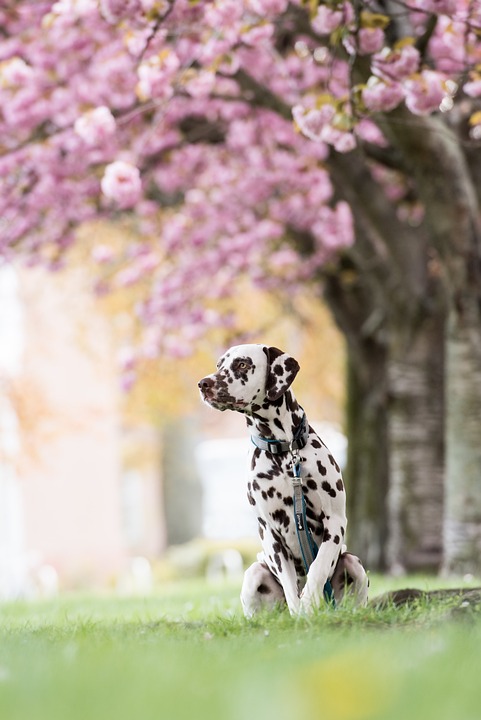Training large dog breeds can be a unique challenge due to their size, strength, and sometimes stubborn nature. However, with the right approach and techniques, it is absolutely possible to train your large canine companion effectively. This ultimate guide aims to provide you with valuable insights and strategies to ensure a successful training experience.
Understanding the Importance of Training for Large Dog Breeds:
Training is crucial for large dog breeds for several reasons. Firstly, it helps to establish boundaries and rules, ensuring that your dog understands what is expected of them. This can prevent behavior problems and create a harmonious living environment. Secondly, a well-trained large dog is safer to handle and less likely to cause accidents or injuries. Lastly, training promotes mental stimulation, which is important for the overall well-being and happiness of your dog.
Preparing for Training:
Before embarking on training, it is important to be prepared. Set up a training schedule that includes regular, short training sessions. Consistency is key, so stick to the schedule as much as possible. Gather the necessary training tools and equipment, such as a leash, collar, treats, and toys. Creating a conducive training environment free from distractions will also help your dog focus and learn more effectively.
Basic Training Techniques:
Teaching essential commands like Sit, Stay, Lie Down, Come, and Heel is fundamental to any training program. Use positive reinforcement techniques, such as rewards and treats, to motivate your dog and reinforce desired behaviors. Consistency and patience are crucial in training large dog breeds, as they may take longer to learn and require ongoing reinforcement.
Addressing Challenges Specific to Large Breeds:
Large dog breeds often have specific challenges that need to be addressed. Leash pulling and control is a common issue, which can be tackled by using a front-clip harness or head halter and focusing on leash training exercises. Jumping up on people can be managed by teaching your dog alternative behaviors, like sitting or offering a paw. Socialization with other dogs and people is essential for large breeds, so expose them to different environments and situations gradually. Handling aggression issues should be done with the help of a professional trainer or behaviorist to ensure safety and effective results.
Advanced Training for Large Dog Breeds:
Once your dog has mastered basic commands, you can move on to advanced training. Agility training is a great way to provide mental and physical stimulation while improving your dog’s coordination and obedience. Advanced obedience training can include off-leash commands and extended durations of commands. Teaching your large dog advanced tricks and commands not only impresses others but also keeps their minds active and engaged.
Tips for Effective Training:
To ensure successful training, consider the following tips. Keep training sessions short and frequent to maintain focus and prevent boredom. Use clear and consistent verbal cues to communicate with your dog effectively. Incorporate mental stimulation and games into your training routine to keep your dog engaged and motivated. Finally, avoid punishment-based training methods, as they can damage the trust and bond between you and your dog.
FAQs (Frequently Asked Questions):
This ultimate guide also addresses common questions about training large dog breeds. The time required to train a large dog breed varies, but it may take several weeks to a few months to achieve basic obedience. Hiring a professional trainer is not necessary, but it can greatly benefit both you and your dog. To control leash pulling, consider using a front-clip harness or head halter and focus on leash training exercises. If your large dog shows aggression towards other dogs or people, consult with a professional trainer or behaviorist for a customized training plan.
Conclusion:
Training large dog breeds requires patience, consistency, and a well-structured approach. By following the strategies outlined in this ultimate guide, you can build a strong bond with your canine companion, establish a well-behaved and obedient pet, and ensure a harmonious coexistence. Remember, training is an ongoing process, so continue to reinforce learned behaviors and enjoy the rewarding journey of training your large dog breed.









